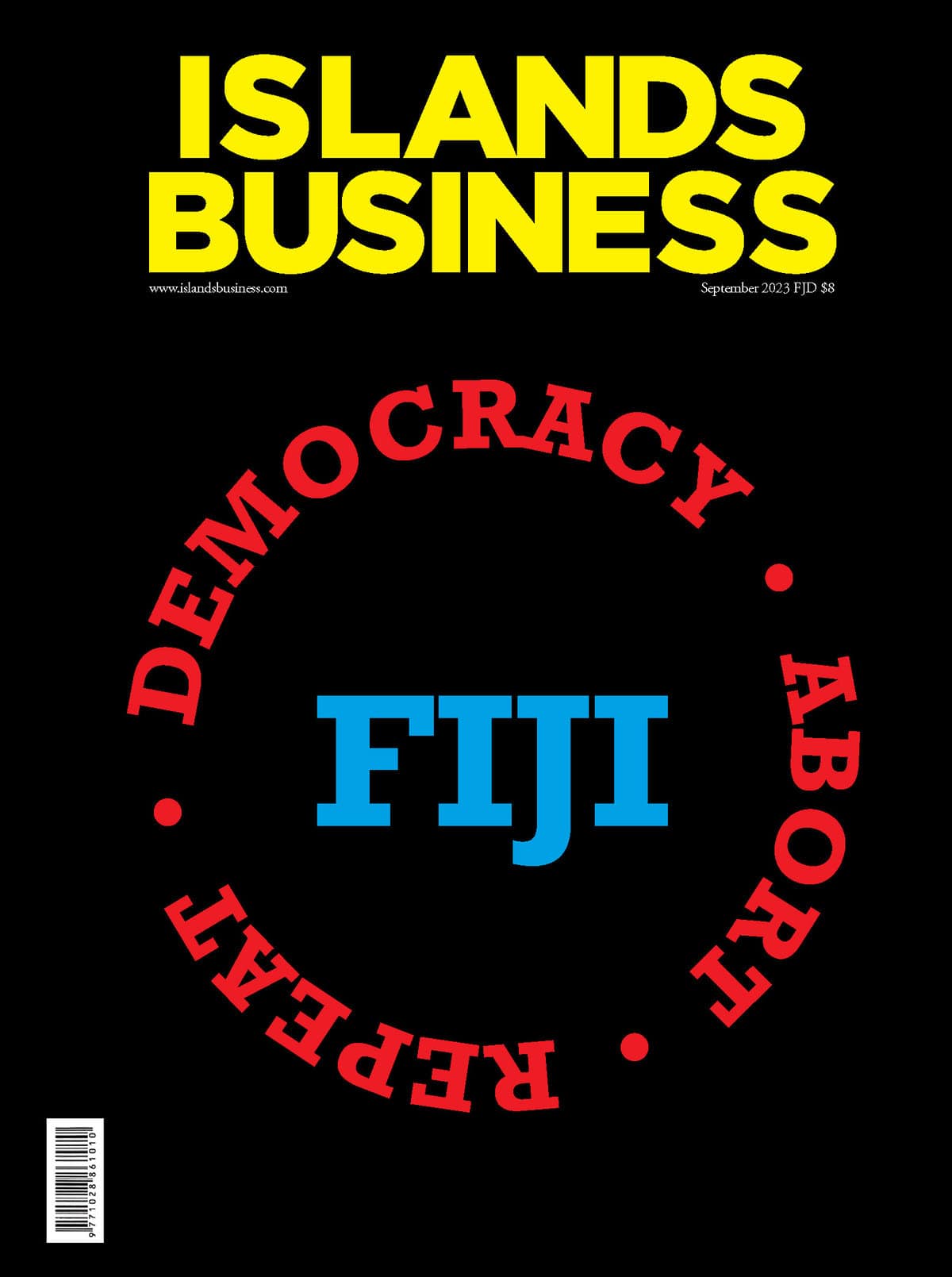Next year the delegates of the 6PAC Plus will be back in London to determine the basket of measures that will accompany the newly adopted strategy to limit greenhouse gas (GHG) emissions of international shipping. The 6PAC Plus (Fiji, Kiribati, Marshall Islands, Nauru, Samoa, Solomon Islands, Tonga, Tuvalu, Vanuatu) have been in these waters before and are again preparing to face the perils lurking beneath the still waters of these upcoming negotiations.
From June 26 to July 7, 2023, the . . .
Please Subscribe to view full content...
